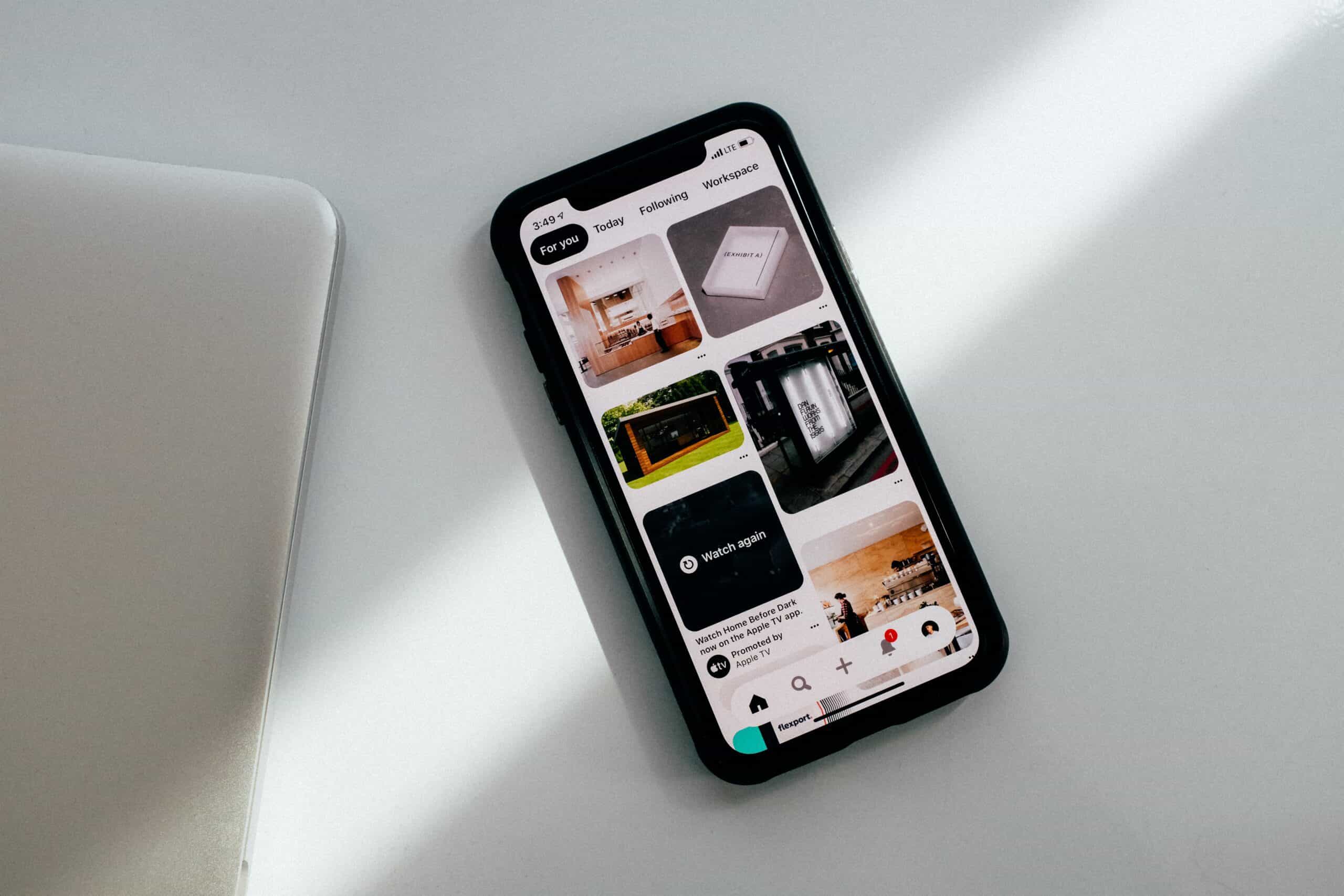What Mobile Consumption Means For Your Video Content

Individuals today utilize many different devices to read and view various types of content, both for entertainment and informative purposes. But it has become readily apparent that the current device of choice is the smartphone. In fact, according to a research study by Bank of America, over 70% of Americans sleep with their smartphone within arm’s reach. This is an important statistic because it also reveals that many Americans use their mobile device for content consumption not only during the day but also right before going to bed.
Content marketers should be well aware of this fact, as it determines the content creation process moving forward. Video marketing and other types of content need to be adapted to be viewed properly and efficiently on a mobile device to ensure that a consumer has a positive experience when interacting with your brand, not a frustrating one.
Consumer consumption habits are changing rapidly, with video being the most widely consumed type of content. According to a 2021 research study, the average American 18 years and older spends 12.5 hours a day viewing media, with 5 of those spent watching videos. Knowing this, content marketers must create videos optimized for the smaller screens of a mobile device rather than only focusing on desktop computer screens. An example of this is how NBC altered their in-game score graphic to be small and situated in the middle of the video, making it easier to crop the highlights for viewing on social media platforms. This understanding of mobile content consumption will ultimately determine the success of content marketers’ efforts. Like any marketing effort, you must have your audience and how they are viewing your content in mind.
The Importance of Mobile-First Experiences and Content Consumption
Not too long ago, marketers and web designers created content and websites specifically designed for desktop and laptop computers only. How content appeared on smaller mobile devices was an afterthought. Now, however, a mobile-first experience is the primary focus. This entails designing an online experience specifically tailored for those who view it on mobile devices.
There are benefits to this besides just providing a positive mobile experience. Handling the content creation processes in this manner enables designers to scale up elements of their design and features, which is easier than having to scale down types of content for mobile phones later.
But, as mentioned, when content marketers create video or other types of content for a mobile device, it serves to provide their target audience with a more rewarding browsing experience. And today, consumers expect a good experience when interacting with a brand, no matter the medium or device. And since many touchpoints on a customer journey map are likely to be reached via a mobile device, it is more important than ever to prioritize the mobile-first experience.
Mobile First and Social Media Platforms
Instagram is considered to be the first social media platform to truly embrace and create mobile-first content. The platform’s features are specifically designed to be mobile-first and have likely contributed to its tremendous growth of over 375 million users. Other social media platforms quickly followed suit by attempting to focus their content creation processes on mobile devices over any other device.
YouTube, of course, is now highly mobile-friendly. This makes video marketing a vital component of any digital marketing campaign. But typically, when content marketers create videos, they are first seen and shared on social media platforms such as Facebook. The platform has also adjusted its focus to a mobile-first creative, noting that video marketing content designed for mobile viewing has a 27% higher chance of driving brand lift compared to video ads that are not.
As social media platforms shifted toward mobile-friendly viewing and design, content marketers also realized that they needed to create videos differently. Marketers need to consider that consumers are quickly scrolling through content, which means videos must capture attention fast, get the message across quickly, and be designed to improve engagement. This means creating videos that can be viewed without sound, as the perfect viewing experience often occurs in an area where viewers cannot always turn up the volume.
Additionally, when content marketers create video ads, they must do so now in a vertical video format rather than horizontal. In fact, consumers appear to prefer the vertical format, with nearly 80% stating so.
The story, the length of the video, the proper cropping, and the look and feel of a video are all critical components to consider when creating videos for a mobile phone. Savvy marketers are using innovative techniques to draw more attention to their videos and the messaging with stickers, text overlays, and an emphasis on key messages. But, like many Internet trends of the past, these techniques must only be used when it complements the video content — an overabundance can result in an inconsistent and confusing video that turns viewers away from a brand.
Successful Mobile Content Marketing
Being successful with mobile content marketing means creating a compelling user experience in a much smaller viewing space. It’s also necessary to understand that while the mobile-first experience must be a priority in any digital marketing campaign, it does not necessarily replace other types of content marketing. Building a marketing campaign that can reach consumers across all channels increases the chances of marketing success in a highly competitive digital landscape.





